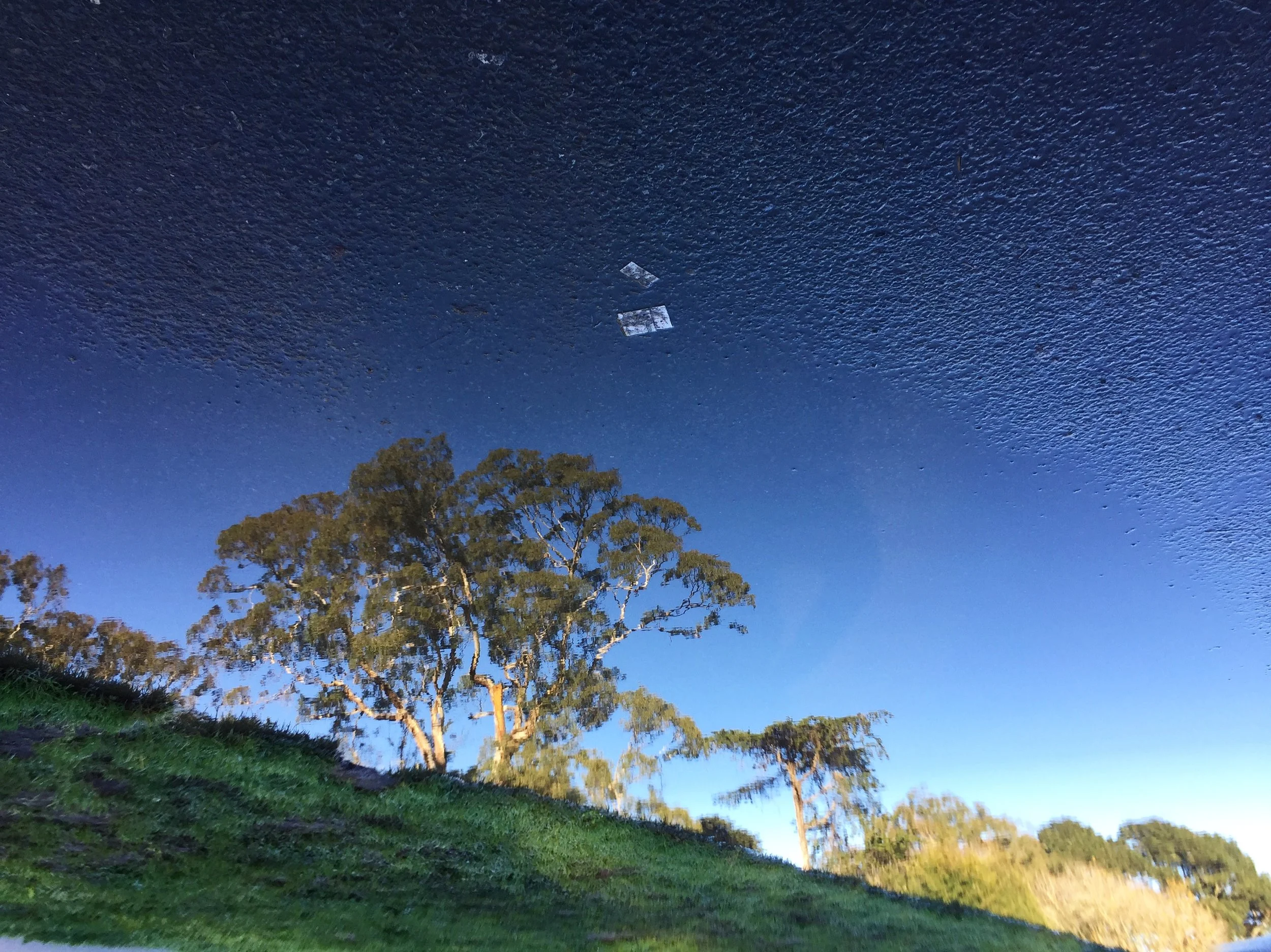frames of references
How do we define the concept of peers when the person in question is an artist?
I speak of artist broadly, including writers, composers, singers, dancers, and other creatives. The question is a personal one, because I often find that my points of reference are different from the people I am around the most. So is peer group based on frequency of contact? Or is it a mindset? And does it have to follow the rules of physics, such that we can only be peers with people whom we could theoretically meet and speak to? Or can it reach far back in time?
Even if we remove the requirement for interpersonal contact, what are the degrees of familiarity required for two people to become peers? My dictionary defines peer as "a person of the same age, status, or ability as another specified person." Note the commas and "or". So a peer could be "a person of the same ability as another specified person." Ability. This is the external view.
What about the internal view?
This question came up as I was researching the works of a contemporary Chinese artist, and found that most of the materials written about her work places her in a continuum of Chinese history and art made by other Chinese artists. When in fact her work has been exhibited internationally and she herself travels extensively. This brought to mind my frustration when reading art criticism written about Chinese artists, which is that the social and political situations in China is often foregrounded, as if that is most significant aspect of the artist. Acknowledging that a person is inseparable from their environment, I find that this line of critical inquiry results in reaffirming a worldview that distinguishes between a "normal", Western democratic context, and everywhere else. This is a mindset that impoverishes the criticism, because it isolates the artist and restricts the critic to a specific time in history. Art is not ahistorical, but its ability to endure beyond the era or century during which it was created marks it out as uniquely positioned to be subjected to analysis that takes in the full scope of history and culture. More relevant to the artistic process is that art from the past continue to inspire even when the age that produced the artist has moved on. And here is what makes art different from history or sociology: At the core of an artist's endeavor is an attempt to communicate about the human experience, which encompasses the body and the mind. And the mind has no bounds.
I wonder, although not having actually asked any critic or curator this question, if the unwillingness to speak about artists and their works in a broader art historical context is due to a fear of being presumptuous. This line of thinking goes thus: curator sees work by a female Iranian photographer who uses mirrors, reflections, and includes a strong architectural composition. Photographs by Ilse Bing come quickly to mind. But when writing a review, the curator settles on references to Monir Shahroudy Farmanfarmaian, without mentioning Bing. To me, both artist and curator were short-changed in this instance. Artistic exploration is not a linear arc that bends toward perfection. It is cyclical, sympodial, helical, and yes, repetitive. We honor the efforts of artists by acknowledging both the environmental and art historical inspirations, whether intentional or accidental. The artworks deserve as much.
